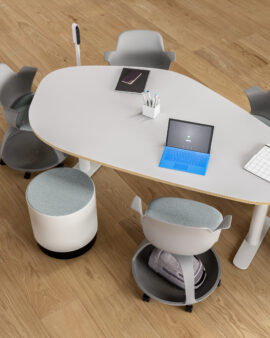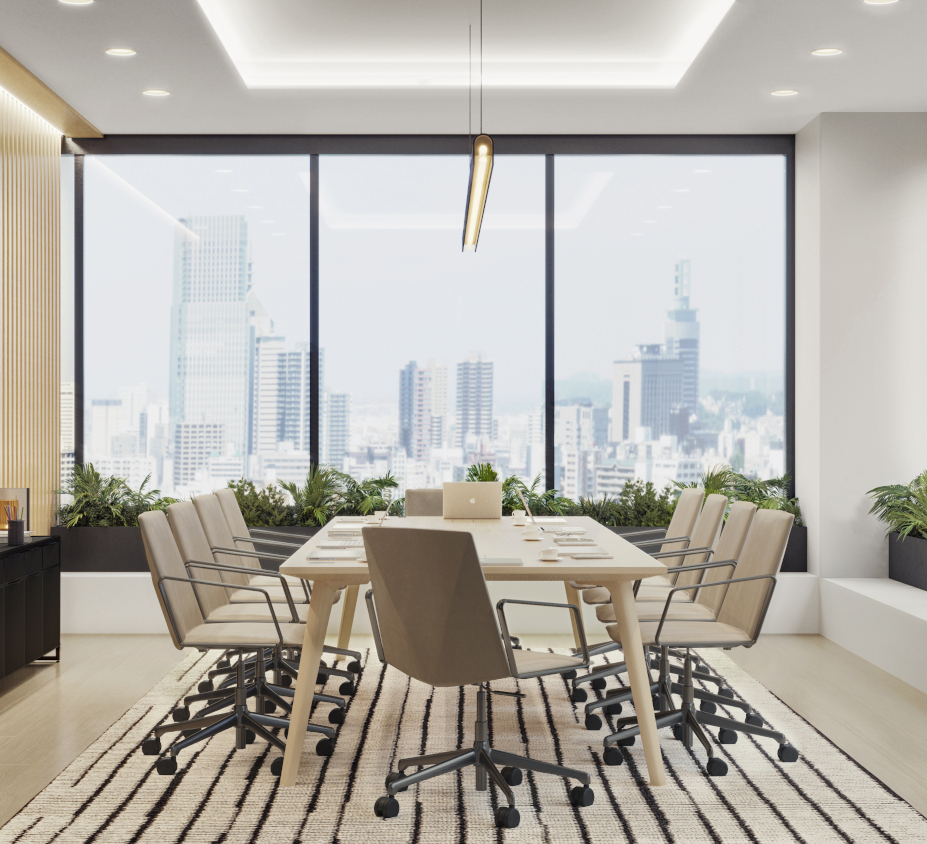Building Better Learning Environments
Innovative Educational Investments
Education has changed vastly in recent years. Every day, teachers and staff face new challenges in identifying new ways of reaching and engaging students across a spectrum of abilities. Classroom and supplemental areas on campus are being rethought to find new ways of delivering supportive spaces with access to the right tools to allow teachers and students to perform their best.
Outdoor learning is a multi-sensory experience where each sense helps engage, de-stress, and relieve challenges in neurodivergent students. Regular contact with nature can enhance students’ physical and mental health and cognitive, social-emotional, and motor functions. Educating outdoors can spark students’ interest and motivation to listen to the material being taught and gives a direct line to teaching on sustainability and the environment.
Calm Rooms are a recent addition to K-12 spaces, allowing students to better understand their emotions and feelings. These tranquil spaces recognize that students need the opportunity to manage their emotions, prioritize their mental health, reduce frustration, and prevent potential disruptive behaviors. Soothing colors, plants, and active seating enhance the calming atmosphere.
Flexible and comfortable furniture fosters an environment conducive to learning, enabling students to focus and engage with the presented materials. Flexible seating has a wide range of benefits, including giving students a choice and allowing them to decide and control the environment in which they learn. Physical health: Moving around allows for brain and blood flow, comfort, and community, as well as sharing and switching between seating options with peers. Collaboration, communication, sensory input, and fun are other benefits of having adaptable classroom furniture.
STEM furniture should offer various seating options, including standing, sitting on stools, rolling on chairs, and casual lounging to collaborate. Project-based learning requires desks and tabletops that are easily moveable, adjustable, and flexible. Storage is also a key component for students and teachers to set aside work that is not finished. Purchasing durable, modular, and sturdy furniture is important when investing in an environment used daily.
Neurodiversity & Colors:
Neurodiversity celebrates the wide range of neurological differences, such as ADHD, autism, and dyslexia. It recognizes that there are natural and valuable ways to support these students, which in turn benefit all students across the board. By embracing neurodiversity, schools can tailor educational approaches to individual learning needs by setting up their classrooms and furniture with color, noise, and flexibility in mind.
Using colors in classrooms enhances children’s focus, creativity, and emotional well-being while learning. Bright, vibrant colors can energize spaces while calming hues can reduce anxiety and support concentration. Together, neurodiversity and color foster environments where every student can academically and emotionally thrive.
Utilizing color to define areas within schools can also assist neurodiverse students in navigating their environment. For example, categorizing colors for collaborative areas, individual work, and break spaces helps students easily recognize and move between these zones.
The majority of this information and inspiration comes from Smith System’s industry news and expertise in K-12 furniture. Learn more by visiting their website here or contacting us.
Learning is not one size fits all, and neither should the space and furniture that support it. With Empire Office, we can help transform your classrooms into inspiring spaces with our in-house design support, quality product selection, delivery and installation expertise, warranty and service support, and access to state contract pricing. With over 78 years of experience and more than 158 school clients, we are confident in our abilities to help furnish any new or existing space.









